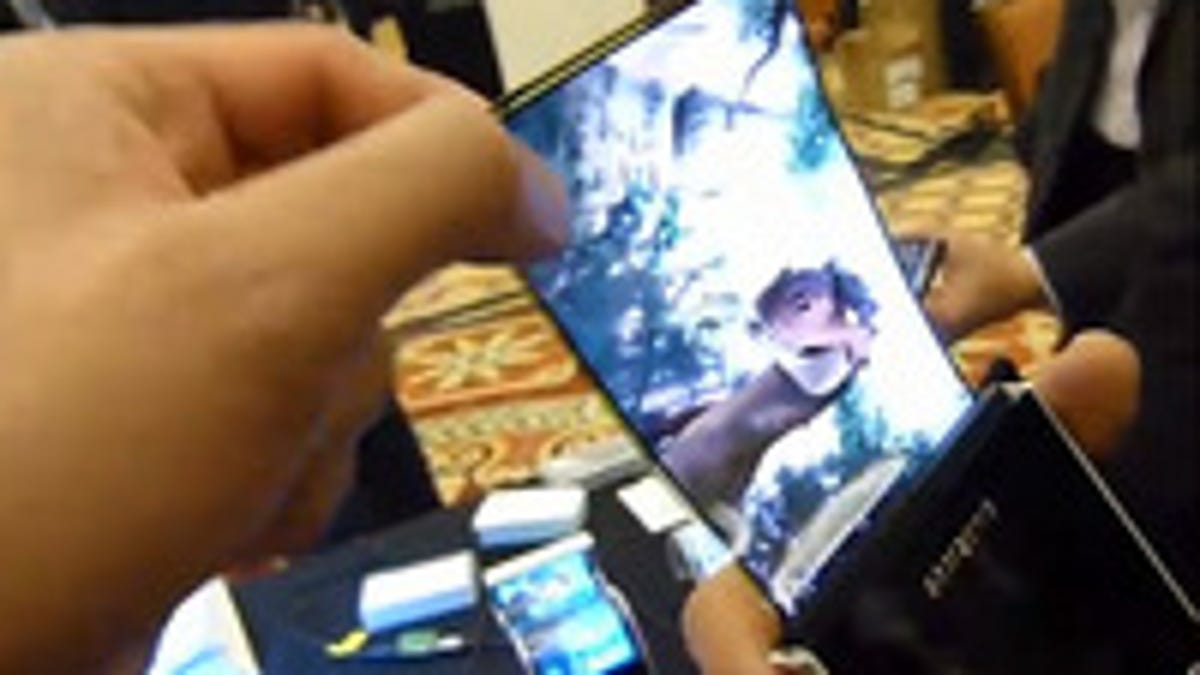Poll: would you queue for a flexible, unbreakable Samsung phone?
Rumour has it that Samsung will have flexible screens in either the Galaxy S4 or its successor. Do you think this is groundbreaking technology worth queuing up for?

A recent Reuters article is predicting flexible screen tech for either the Samsung Galaxy S4 or its successor, with one analyst tipping the tech to be commercially available by 2014 at the latest. Is a flexible screen the hot new feature for your next phone?
And if it is, why would you want it?
Reuters is calling this screen "unbreakable", with the new technology replacing the glass substrate in conventional smartphone screens with a plastic that should keep the display from being damaged. Stanford Bernstein analyst Mark Newman is quoted by Reuters as saying that "either the Galaxy S 4 or S 5 will have unbreakable, and even possibly flexible and foldable displays by 2014."
We've known that Samsung has been working on flexible OLED displays for some time, so it is no great surprise that the technology is coming closer to reality and, in fact, this wouldn't be the first time we've seen a flexible display in action. Nokia showed a prototype flexible handset at Nokia World last year. This handset didn't bend or fold, but Nokia had developed a UI that responded to the phone being twisted to perform commands, like zooming in and out.
As cool as this demonstration by Nokia was, we wondered whether we would use these sorts of phone-bending commands every day. In a similar vein, Samsung has incorporated a number of motion controls into its Android devices recently. These are used to control specific functions on the phones, like switching images in the photo gallery by tilting it one direction or another, but in our opinion, none of these gestures make using the phones easier than just using the touchscreen.
There are other obvious benefits of this approach to screen design, though. No glass means the possibility of a much lighter handset, and possibly thinner, too. Also, Samsung is said to be working with OLED display technology for its flexible screens, which should result in a spectacular on-screen image, given what we've seen from OLED screens already.
So, what do you think? Is a flexible OLED display the sort of groundbreaking tech that would have you queuing up for a new phone?

